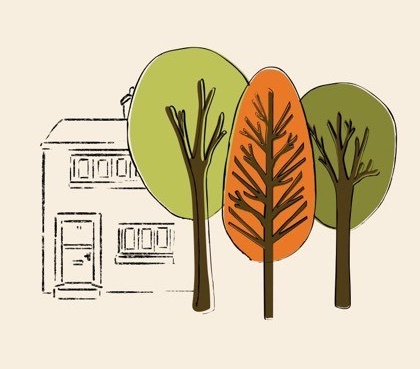Conservation Report - Churches, Chapels and Religion
Religion and Non-Conformism
The first mention of religion occurred in 1460, when Richard, Duke of York, gave permission for a Chapel of Ease to be built. At that time, everyone was forced to go to church on a Sunday by law, and the nearest was the Parish Church at Halifax. It is not known where this Chapel of Ease was situated, but in 1496 a licence was granted for a priest to say mass. In 1535, Archbishop Cranmer granted letters for a chapel to be built on the present site, and to be named St. Mary’s Chapel. Again, it is not known when this was built, but it is shown on Saxton’s map of 1599. In 1624, the chapel was given full parochial rights - the right to marry and bury people. In 1814, this church was demolished, and the construction of the present church finished two years later in 1816.
In 1689, Parliament passed the Toleration Act, which allowed the setting up of Protestant non-conformist churches (those which shared the basic beliefs of the Church of England and had been approved by it). Non-conformist churches quickly began to spring up, particularly in the industrial areas of the north. The predominant of these was the Methodist Church, which had been started by John and Charles Wesley, who paid many visits to this area. In 1787, a small preaching house was set up in Luddenden, on the site of the present playground at the bottom of Halifax Lane.
As this became more successful, a chapel was built across the road - Ebenezer Wesleyan Methodist Chapel, and was opened in 1812. Numerous splits occurred in the Wesleyan Movement, and in 1837 half the congregation left to build a Free Methodist Chapel across the road at the junction of Halifax Lane and High Street. By the end of the 19th century, the members of that chapel decided that it was too small, and a new, larger chapel was built across the valley, at the junction of High Street and New Road. However, the decrease in church-going during the 20th century eventually led to the closure of both chapels - Ebenezer in 1961, and what was originally the Free Methodist Chapel but which by now was called the Midgley and Luddenden Valley Methodist Church, in 2011.
